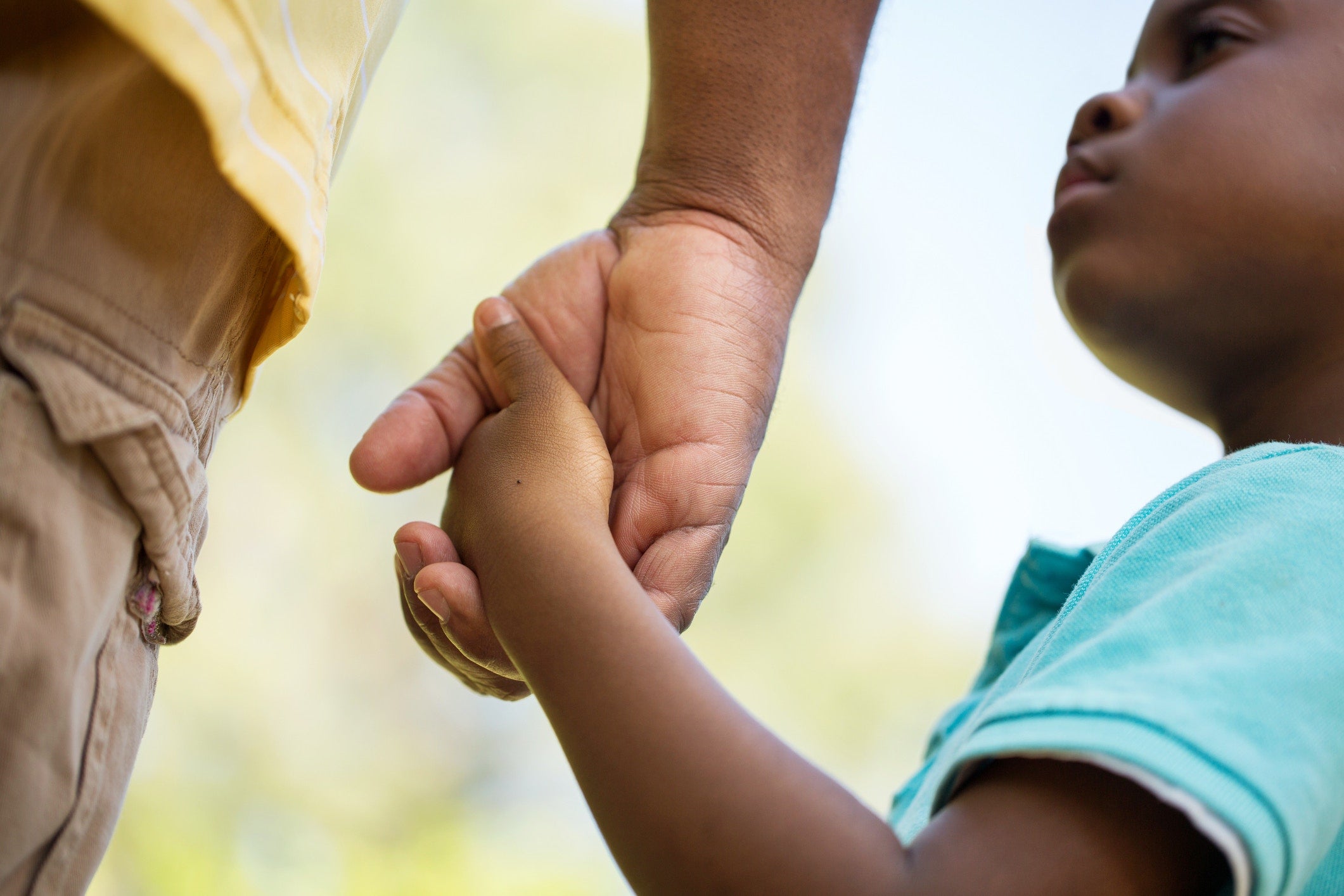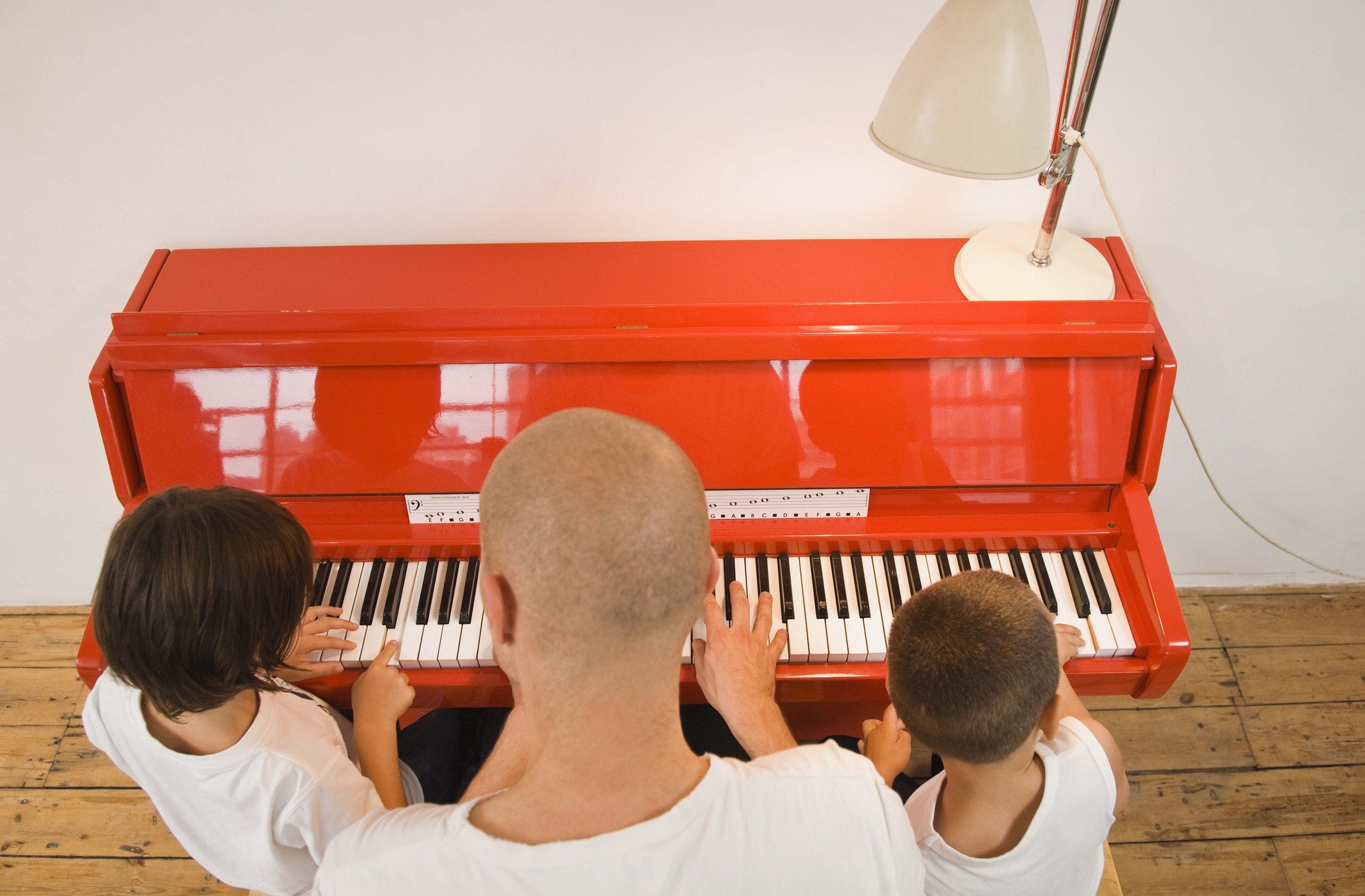The Benefits of Half-Day Kindergarten
Cheryl Maguire
“Can we go to the library play room and do a puppet show?” my daughter asked.
“Sure,” I replied. “Do you remember when we used to come here for story time in the morning before you went to afternoon kindergarten?”
“Yes, with Miss Carol! It was so much fun.”
I have positive memories of library story time with all three of my children, who each attended half-day kindergarten. Their school gives parents the option to pay for full-day kindergarten or send their kids for half days for free. If interested in the full-day option, you’re placed in a lottery system due to the limited number of spots available.
My twins were not selected for full day spots, but I discovered it was for the best. After this experience, I chose half-day kindergarten for my younger daughter as well.
No significant educational benefit
The main reason I wanted to enroll my twins in full-day kindergarten is because I thought they would receive more education, which would in turn help them excel academically the following year. Both of them have done well in school academically despite fewer hours in school.
Research by Philip DeCicca showed similar findings. He tested children at the end of 1st grade and found little difference in both the reading and math test scores of children who attended full-day versus half-day kindergarten. (Initial gains were evident, but short-lived).
More time to play
Half-day kindergarten allowed for more opportunities for unstructured play time, either alone or with friends. The benefits of unstructured play include a stronger bond with family members, better peer relationships, improved problem solving, and healthy development.
My children developed friendships during their kindergarten years that they still enjoy six years later. I also had the opportunity to meet and socialize with their friend’s parents. We engaged in activities (such as Miss Carol’s story time at the library), which provided some structure mixed with unstructured time to allow the children to socialize with one another.
More time with family
Research from the University of Illinois found that when families regularly spent time together – in this case, going on nature hikes – they functioned better as a family. The study suggests that time together enables families to better read social cues, which led to feeling less irritable and more in control.
I look back fondly on those extra hours I spent with all three of my children. In addition to story time, we also visited playgrounds, playgroups, and other local, kid-friendly activities. My kids will be in school for six hours a day for the next 12 years, so I’m grateful for the additional time with them.
Limited attention span
Most kindergarten age children have a limited attention span. According to the website Day2Day parenting, the average five- to six-year-old child can attend to something of interest to them for 10 to 15 minutes. This time frame decreases to five to 10 minutes for topics that don’t interest them.
A school day is six hours long. That’s a lot of five to 15-minute increments.
Costs less money
Full-day kindergarten can be expensive. In the school my children attend, it costs $3k per child ($6k for twins!). Instead of spending the money on school, I was able to save and use the remainder to pay for activities such as a gymnastics or dance class.
There are only 180 days of school, and some days are half days. With my twins, it wasn’t worth spending an extra $3k for only three hours extra per day.
What’s best for your child
You know your child better than anyone. If you feel he or she would benefit from a full day – due to your schedule or as a good alternative to day care – you’re probably right.
Full-Day Kindergarten Prepares Kids Better For Their Academic Future
By Kristen Polito
The decision between full and half-day kindergarten is a personal one for all families. Many factors come into play when considering what’s best for your child. Socioeconomic circumstances, social preparedness, cognitive proficiency, and family schedules are all something to consider when signing your child up for their first full school year.
The term “early intervention” keeps popping up in discussions about schooling, teaching, and learning – especially as it concerns the year between pre-k and first grade. Early intervention is vital as it’s focus is to help ensure that children succeed in their education and on into adulthood.
Several studies have explored the differences between full-day and half-day kindergarten, examining school readiness, longitudinal test scores, overall school performance, and socialization outcomes.
As far as the earlier academic years are concerned, considerable evidence points to full-day kindergarten classes as being the more beneficial option when compared to half-day kindergarten classes. According to the anti-academic fade out article in The Atlantic cited above, “we have to build on what children learn in those preschools and match it with challenging but playful instruction in kindergarten and the early grades.”
Going from pre-k to half-day kindergarten is redundant. Graduating from pre-k to a full-day of kindergarten – provided it is stimulating and challenging – can help build on the early foundation of learning.
Ready for school academically
Studies show full-day kindergarten programs are beneficial to the growth of children’s academic skills during that critical year between pre-k and first grade by boosting children’s literacy and language development, reading proficiency, critical thinking skills, problem-solving, and social aptitude.
How? By maximizing and capitalizing upon learning time.
For one thing, full-day programs naturally offer increased flexibility and allow for small-group and individual activities. This takes the pressure off teachers of delivering an overwhelming amount of information to the entire class at once. More individualized attention produces results.
Additionally, full-day programs tend to result in improved attendance in kindergarten and beyond, yielding more classroom face time. Better attendance in kindergarten and through the primary grades translates to more overall learning time.
Improved cognitive learning
Full-day kindergarten programs substantially increase cognitive learning due to time devoted to collaborative group work, independent work, and child-originated activities. This includes activities such as free play outdoors and indoor time in learning centers.
Chloe R. Gibbs at the University of Virginia recently completed a study examining the differences between full- and half-day kindergarten. Full-day kindergarten ranges between four and seven hours, and the study says that time should be used proactively instead of passively. The brain has the greatest ability to change under the influence of the immediate surrounding conditions early in life.
Advanced literacy and problem-solving skills
Full-day kindergarten students show faster gains on literacy and language measures when compared to half-day kindergarten students. Moreover, such gains may last over time.
One study, for example, showed higher reading achievement persisting through third grade and, in some cases, through seventh grade – a benefit that strengthens students’ overall school performance.
Social competence
Full-day kindergarten students have displayed notable gains in academic socialization and are equipped with stronger learning skills. They also show improved emotional and behavioral development, creating an environment where they can thrive socially.
One study found that full-day kindergarten students received significantly higher conduct marks through playing nicely, working well with others, demonstrating self-confidence, and obeying playground rules. Researchers determined this through a self-concept scale over time.
Chidren who have an easier time socializing and playing with peers also have an easier time making friends and experience a smoother transition into later grades as reported by parents and teachers.
Research comparing half-day and full-day kindergarten suggests that it makes more developmental sense for children to segue from pre-k to full-day kindergarten as part of an early learning sequence. Some experts believe that this contributes to higher academic achievement in later grades, reducing retention and remediation rates.
For Education Week, Reporter Deborah Viadero writes, “In a study of over 17,000 students in Philadelphia, researchers found that ‘by the time they reached the third and fourth grades, former full-day kindergartners were more than twice as likely as children without any kindergarten experiences – and 26 percent more likely than graduates of half-day programs – to have made it there without having repeated a grade.’”
Extended care for working families
Many parents are joint earners by necessity or choice. Either way, the need for daily, extended child care is a reality for many families these days. Besides an education, a full-day of kindergarten offers the convenience and practicality of all-day child care.
Ultimately, the availability of full-day kindergarten funding for your school district may make your decision for you. Not all jurisdictions can offer full-day kindergarten free of charge just yet. And having to foot the bill for the supplementary half day may be a non-starter for many families with relatively modest budgets.
When it comes down to it, full-day kindergarten is not a panacea that will remove all conceivable obstacles to academic success that struggling students may face. Consider full-day kindergarten as one part of a large, working plan that parents, teachers, and school administrators can utilize to ensure that children reach their full potential.
At the end the end of the day, every child’s story is different, and every family’s needs are unique. Full-day kindergarten should be available to any and all, but the decision to utilize it should be made by parents – and not by school boards.



